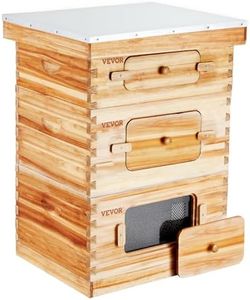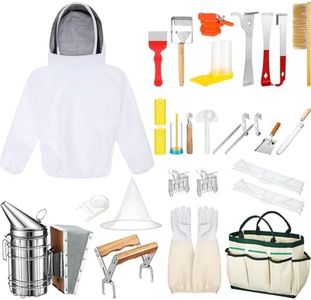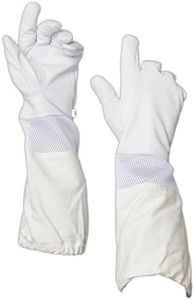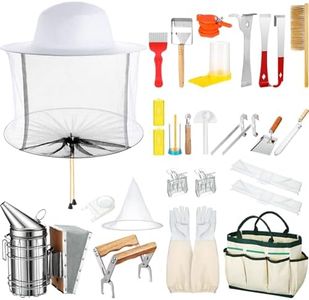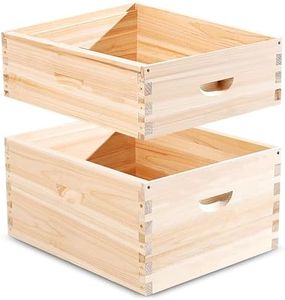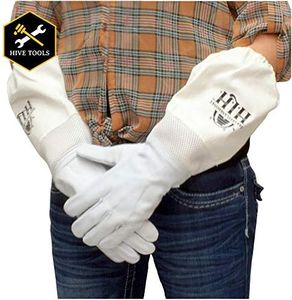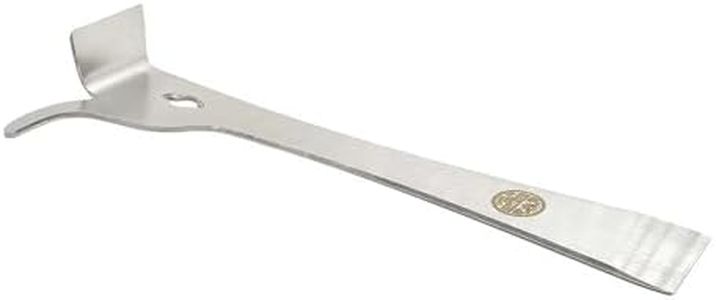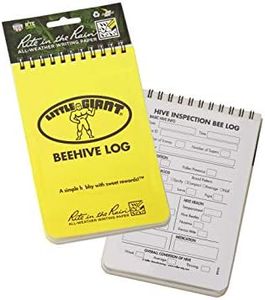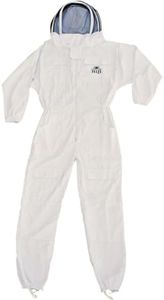We Use CookiesWe use cookies to enhance the security, performance,
functionality and for analytical and promotional activities. By continuing to browse this site you
are agreeing to our privacy policy
10 Best Beekeeping Starter Kit
From leading brands and best sellers available on the web.By clicking on a link to a third party's website, log data is shared with that third party.
Buying Guide for the Best Beekeeping Starter Kit
Selecting a beekeeping starter kit can be an exciting first step into the world of bees and honey. The right kit makes it easier and safer to get started by providing you with the basic tools and equipment needed to care for your first hive. When shopping for a kit, it's important to think about your space, what kind of bees you plan to keep, and how involved you want to be with the hobby. Understanding the key components of a starter kit and their importance will help you make a choice that matches both your needs and comfort level as a beginner.Hive Type and SizeThe hive is the bees’ home and the centerpiece of any beekeeping starter kit. Common hive types include the Langstroth, Top-Bar, and Warre, each with its own design and method of management. Langstroth hives are most popular for beginners due to their modular, stackable boxes and widely available replacement parts. When considering size, standard starter kits often come with one or two boxes, which is enough for the first year. If you want to keep your setup simple and learn gradually, starting with a single standard hive is best. Those who anticipate expanding quickly or want more honey production may prefer a kit with extra boxes.
Protective ClothingProtective gear is essential for safe beekeeping as it prevents stings and keeps you confident while inspecting your hive. Starter kits typically include a hat and veil, jacket, gloves, and sometimes a full suit. Veils and jackets offer basic protection and are cooler in hot weather, while full suits provide the most coverage for nervous beginners. If you are new and apprehensive about bee stings, a full suit and gloves may be comforting. As you get more comfortable, you might switch to lighter gear.
Beekeeping ToolsBasic tools in a starter kit usually include a hive tool, bee brush, and a smoker. The hive tool is used to pry apart hive components, the bee brush gently moves bees off frames, and the smoker calms bees during inspections. Some kits may have extras like a frame grip or uncapping tools for honey harvesting. A simple kit with the three basics is enough for beginners, while more tools can be helpful if you want to perform more tasks yourself or plan to harvest honey soon.
Frames and FoundationFrames hold the honeycomb inside the hive, and foundation gives the bees a guide to build their comb. Kits differ in whether they include pre-assembled frames, unassembled frames, or foundation (plastic or wax). Pre-assembled frames save time and effort, while assembling your own is more affordable but takes work. Plastic foundation is easier for beginners as it’s more durable, while wax foundation is closer to natural bee preference. For ease, beginners often pick pre-assembled frames with plastic foundation.
Feeder TypeFeeders are used to provide bees with sugar syrup, especially in early spring or when starting a new colony. There are several types, such as entrance feeders, frame feeders, and top feeders. Entrance feeders are easy to monitor and refill, perfect for new beekeepers, while frame and top feeders hold more syrup but can be trickier to manage. If your area or season requires extra feeding, ensure your kit has an easy-to-use feeder.
Bee Suit SizingThe suit size is crucial for safe and comfortable handling of the bees. Suits come in different sizes and should fit loosely over your clothes, but not so loose that bees can get inside. Most beginner kits offer standard sizes. Make sure to choose a suit that matches your measurements to avoid discomfort or safety hazards.
